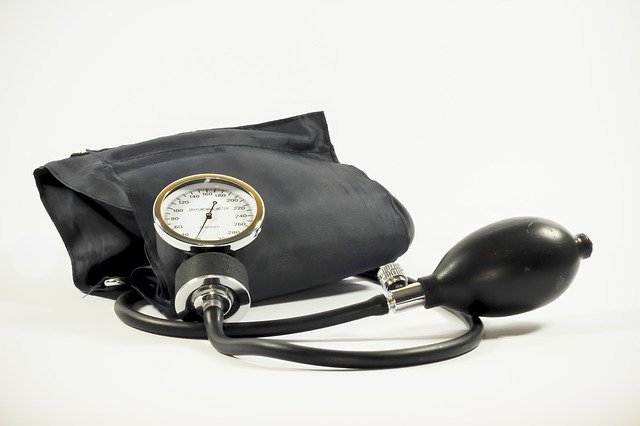
In a new study, researchers found that a doctor’s decision not to intensify high blood pressure treatment is often an appropriate choice.
In two-thirds of cases where physicians did not change treatment for patients with high blood pressure, patients’ blood pressure returned to normal in follow-up readings taken at home.
The research was conducted by a team from the University of Missouri.
This study tracked 90 patients with high blood pressure to understand the role that follow-up home blood pressure measures could play in understanding cases of “therapeutic inertia.”
About 66% of patients who had a blood pressure reading of 140/90 or higher when they were in the clinic and whose doctors did not change their treatment, had average readings under 140/90 when patients took their blood pressure at home.
According to the team, there are implications for health care quality metrics.
Doctors’ success rates in controlling hypertension are based solely on clinic blood pressure rates.
The team extrapolated the home blood pressure metrics to show that when home metrics replaced clinical ones, the department’s hypertension control success rates rose from 58% to 86%.
They concluded that most validated home blood pressure should be accepted and preferred for physician hypertension performance measures.
Additionally, when surveyed after the home blood pressure reading intervention, participants shared that home blood pressure monitoring enhanced their understanding of blood pressure control.
About 83% of participants agreed that they would consider buying a home blood pressure monitor if it was covered by insurance.
The lead author of the study is Sonal J. Patil, MD, MSPH.
The study is published in The Annals of Family Medicine.
Copyright © 2019 Knowridge Science Report. All rights reserved.



